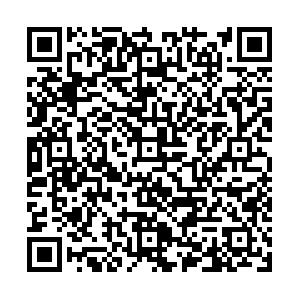Abstract:
Objective To study the role of LPS-TLR4-CD14 signal transduction pathway in the pathogenesis of Sjogren's syndrome.
Methods ①The salivary glands cell of patients were cultured in vitro. After one week, the neonatal cells and labial gland cells were stained with anti-cytokeratin 19 monoclonal antibody PAP to identify neonatal cell sources. ②LPS was added to the cultured neonatal cell and the control group cell at the concentration of 1 μg/ml. Total RNA was extracted at 1, 8, 12, 24, 48 and 72 h after culture. The expression of TLR4 and CD14 mRNA was detected by RT-PCR. ③10, 100, 10
3, 10
4 and 10
5 ng/ml of LPS were added to the newborn cells pSS group respectively. The LPS was not added to the control group. After 24 h of culture, TLR4 and CD14 mRNA expression were detected respectively.
Results ①The results showed that the epithelial cells in the labial glands and neonatal cells were stained;lymphocytes and acinar cells in the labial glands were negative, this proved that the cultured new cells were derived from the duct epithelial cells of the labial gland tissue. ②The expression of TLR4 and CD14 mRNA increased after 1 h of LPS addition, and reached the peak at 8 and 12 h, and significantly decreased after 72 h. ③The expression of TLR4 and CD14 mRNA in pSS neonatal cells was significantly increased by LPS at the concentration of 1ng/ml With the increase of LPS concentration, TLR4 and CD14 mRNA expression continued to increase, When the concentration of LPS reached more than 10
4 ng/ml, TLR4 and CD14 mRNA expression was plateau, the change was not significant.
Conclusion After LPS stimulation, the expression of TLR4 and CD14 mRNA were highly increased in the labial ductal epithelium cell, the expression of TLR4 and CD14 mRNA increased with the increase of the LPS concentration and action times, within a certain range. The above study show that LPS-TLR4-CD14 signal transduction pathways is an important factor in the pathogenesis of SS, and thus reveal the infection participate the incidence of SS.

 点击查看大图
点击查看大图



 下载:
下载:
